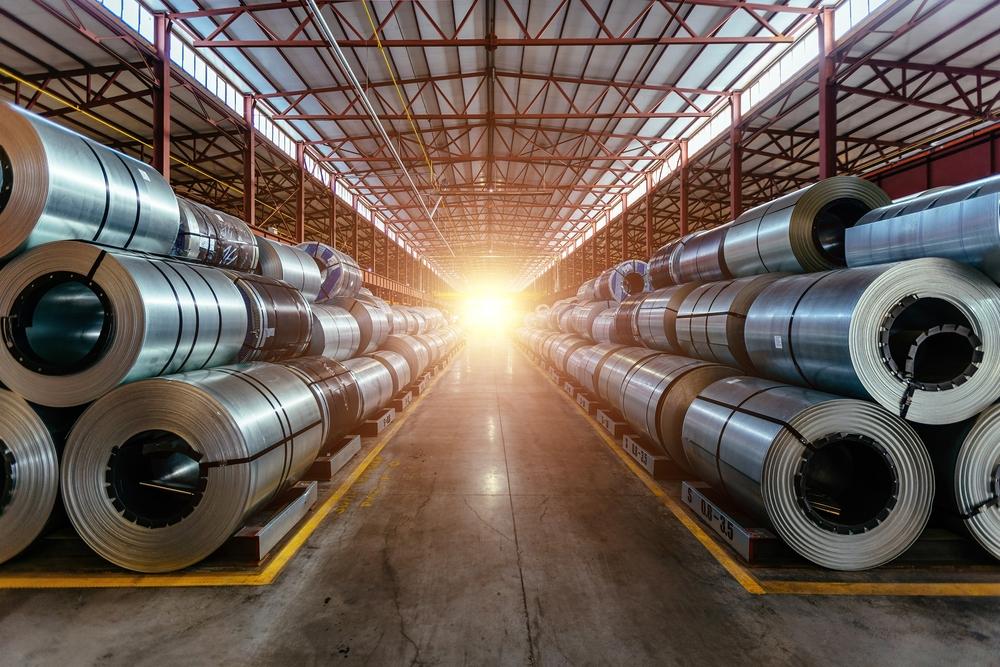Stainless Steel Plate Manufacturing: A Key Component of Industrial Production
Discover the stainless steel plate manufacturing process, its applications across industries, and the benefits of using stainless steel plates.
Stainless steel plate manufacturing plays a critical role in various industries, providing essential materials for construction, automotive, food processing, and many other sectors. Stainless steel plates are valued for their corrosion resistance, strength, and versatility, making them an ideal choice for projects requiring durability and longevity. This article explores the manufacturing process, applications, and benefits of stainless steel plates, along with an overview of key players in the industry.
The Stainless Steel Plate Manufacturing Process
The manufacturing of stainless steel plates involves several key steps to ensure high-quality and durable materials. The process begins with the melting of raw materials, including iron ore, chromium, nickel, and molybdenum. These elements are heated in an electric furnace to form molten stainless steel. Once the desired composition is achieved, the molten steel is cast into slabs. The slabs are then reheated and passed through rollers to achieve the desired thickness. After rolling, the plates are heat-treated to enhance strength and corrosion resistance, followed by pickling to remove impurities and scaling. Finally, the plates are cut and finished according to specific requirements.

Applications of Stainless Steel Plates
Stainless steel plates are widely used across multiple industries due to their strength, resistance to corrosion, and versatility. In the construction industry, they are commonly used in building structures, bridges, and roofing systems. In the food processing and pharmaceutical industries, stainless steel plates are essential for equipment that requires a high level of hygiene and resistance to corrosion from chemicals and cleaning agents. In the automotive and aerospace sectors, stainless steel plates are used for parts that need to withstand high temperatures and pressures. Stainless steel plates are also used in marine applications, where corrosion resistance is vital to prevent damage from seawater.
Benefits of Using Stainless Steel Plates
One of the primary advantages of using stainless steel plates is their excellent corrosion resistance. The chromium content in stainless steel reacts with oxygen to form a protective layer that prevents rust and corrosion, making it ideal for environments exposed to moisture or chemicals. Additionally, stainless steel plates are known for their high strength and durability, making them suitable for heavy-duty applications. Stainless steel also offers low maintenance costs, as it requires minimal upkeep to maintain its appearance and performance. Moreover, stainless steel is an eco-friendly material, as it is 100% recyclable and can be reused in new products without losing its quality.
Types of Stainless Steel Plates
There are various types of stainless steel plates, each designed for specific uses based on their composition and properties. Austenitic stainless steel plates are the most common and are known for their high resistance to corrosion and heat. These plates are widely used in industries that require materials to withstand extreme temperatures and environments. Ferritic stainless steel plates offer moderate corrosion resistance and are typically used in automotive exhaust systems and industrial equipment. Martensitic stainless steel plates are characterized by their hardness and strength, making them ideal for applications that require wear resistance, such as cutting tools and turbine blades. Duplex stainless steel plates combine the properties of austenitic and ferritic stainless steel, offering superior strength and corrosion resistance for use in the chemical and oil industries.
Cost and Top Stainless Steel Plate Manufacturers
The cost of stainless steel plates varies based on factors such as thickness, grade, and finish. Prices typically range from $1,500 to $3,000 per ton, with additional costs for custom cutting, finishing, and heat treatment services. The price may fluctuate depending on market conditions and the cost of raw materials.
Several leading companies specialize in the manufacturing of stainless steel plates. Outokumpu is one of the top global producers, offering a wide range of stainless steel products for various industries. Acerinox is another key player, known for its extensive product portfolio and global distribution network. Nippon Steel Corporation is a leading manufacturer in Asia, offering high-quality stainless steel plates for industries like automotive, construction, and energy. Allegheny Technologies Incorporated (ATI) is a prominent U.S.-based manufacturer, providing advanced materials and stainless steel solutions for demanding applications.
In conclusion, stainless steel plate manufacturing is essential for industries requiring durable, corrosion-resistant materials. From construction to food processing, these plates provide the strength, versatility, and longevity needed to meet the demands of modern industry.











